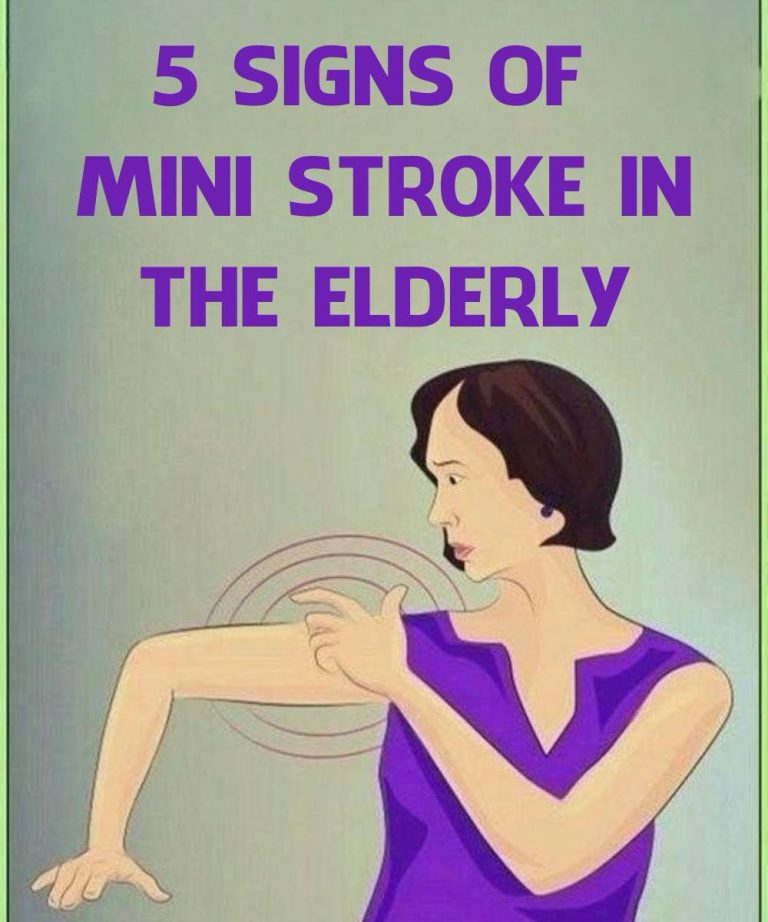ADVERTISEMENT
Introduction:
A transient ischemic attack (TIA), often called a "mini-stroke," is a temporary blockage of blood flow to the brain. While symptoms may resolve in minutes or hours, TIAs are warning signs of a potential full-blown stroke and should never be ignored—especially in older adults. Understanding the common and subtle signs can make the difference between prevention and tragedy. Let’s "prepare" ourselves with this life-saving recipe for recognition and response.
Ingredients (Key Symptoms to Watch For):
Common Signs:
1 cup of sudden numbness or weakness (especially on one side of the body)
1 tablespoon of confusion or trouble speaking/slurred speech
1 teaspoon of vision trouble (in one or both eyes)
A pinch of difficulty walking, dizziness, or loss of balance
Unusual/Overlooked Symptoms (Optional but Critical):
½ cup of sudden fatigue or drowsiness
A dash of temporary memory loss or disorientation
1 slice of personality change or uncharacteristic behavior
Sprinkle of nausea or hiccups (rare but possible in women and the elderly)
Few drops of trouble swallowing
Instructions (How to Respond):
Preheat your instincts: If anything feels "off," act immediately. Do not wait for symptoms to pass.
Mix fast action with awareness: Use the FAST test:
Face drooping
Arm weakness
Speech difficulty
Time to call emergency services
Bake in urgency: Call emergency medical help even if symptoms resolve in minutes.
Do NOT add delay: A TIA is often a warning of a major stroke within the next 48 hours to a week.
Cool down with observation: Note the start time of symptoms for healthcare providers.
Serving and Storage Tips:
ADVERTISEMENT
